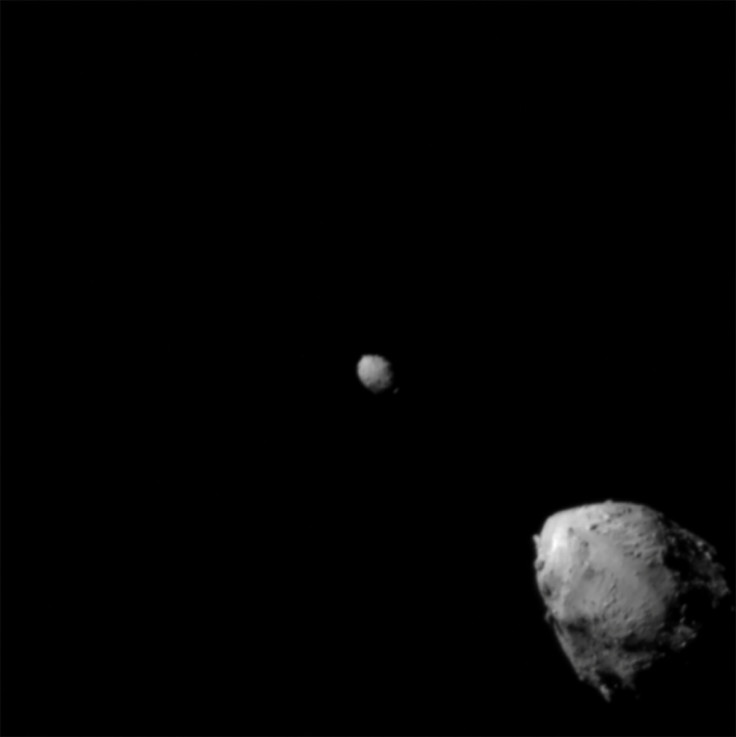Hubble Captures Haunting View Of DART Asteroid Impact And Aftermath [Video]
KEY POINTS
- The Hubble Space Telescope's time-lapse "movie" shows the impact of DART mission
- The most noticeable features of the debris are a pinwheel-like shape and comet-like tail
- The DART made history in 2022 as it was NASA's first mission for planetary defense
The Hubble Space Telescope had a front row seat in the successful DART mission last year. It has now released a rather haunting "movie" of the collision and the days that followed.
The Double Asteroid Redirection Test (DART) made history in 2022 as the first mission to demonstrate an asteroid deflection method by deliberately smashing a spacecraft into asteroid Dimorphos. The mission was a success and various images of the mission, both from space and from Earth, showed unique views of the aftermath of the crash. Even the Hubble and James Webb Space Telescopes captured incredible views of the mission.
Now, the team behind Hubble has taken it a step further and shared a "movie" created from the Hubble images. In the time-lapse video, one can see the impact and the aftermath of the collision.
It begins about 1.3 hours prior to the impact on Sept. 26. At the time, both Dimorphos and its companion asteroid in the binary system, Didymos, were within the bright spot, NASA noted in a news release. It then follows the binary system until several days after the impact.
Lights, camera, impact! 🎥
— Hubble (@NASAHubble) March 1, 2023
Last year, @NASA intentionally crashed a spacecraft into a non-threatening asteroid to test if they could change its orbit.
Hubble captured the impact and its aftermath, as seen in this time-lapse video: https://t.co/NuSMQs2sNV pic.twitter.com/VBlzhsWRAf
Overall, the video showcases a rather haunting view of the debris patterns as they evolved after the impact. For instance, at some point it shows a pinwheel-like, rotating feature that is linked to the gravitational pull of Didymos.
"Astronomers didn't know what to expect. They were surprised, delighted, and somewhat mystified by the results," NASA noted. "The dust blew off the asteroid into a cone shape, got twisted-up along the asteroid's orbit about its companion, and was then blown into a comet-like tail."
Indeed, the mission offered an incredible opportunity for scientists to observe the collision and the behavior of the debris after the crash. A study published this week in Nature, for instance, had a closer look at the "complex evolution of ejecta" following the impact.
"We've never witnessed an object collide with an asteroid in a binary asteroid system before in real time, and it's really surprising. I think it's fantastic," study co-author Jian-Yang Li, of the Planetary Science Institute, said. "Too much stuff is going on here. It's going to take some time to figure out."
Ultimately, DART's "demolition derby" in space proved there may be actually something that humanity can do to protect our planet should the threat of an asteroid collision arise in the future.

© Copyright IBTimes 2024. All rights reserved.






















